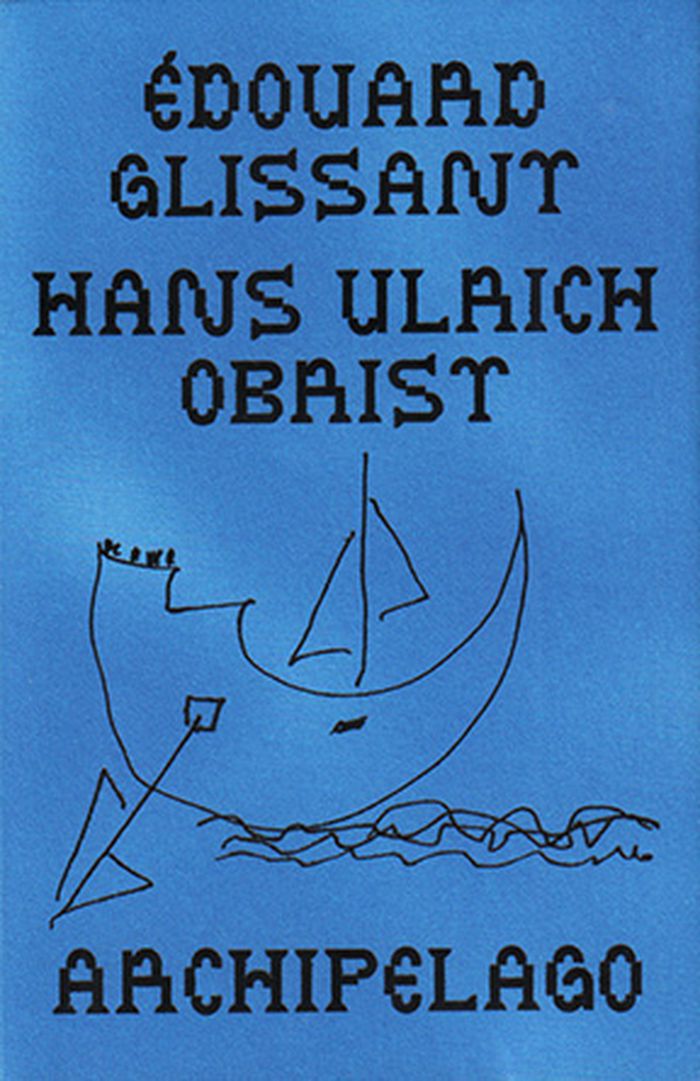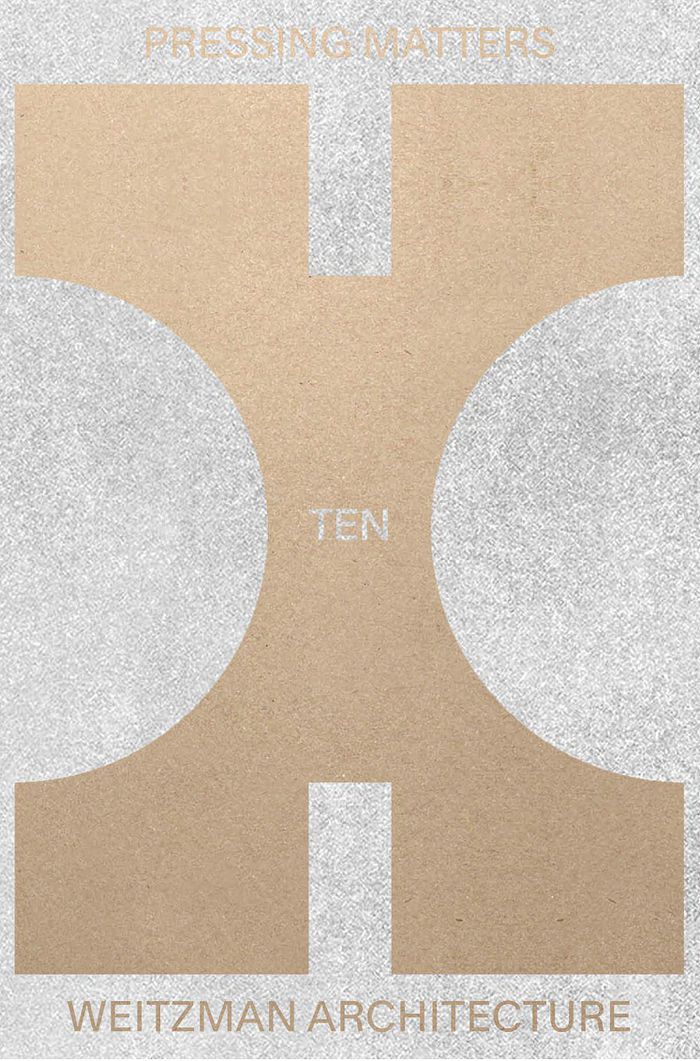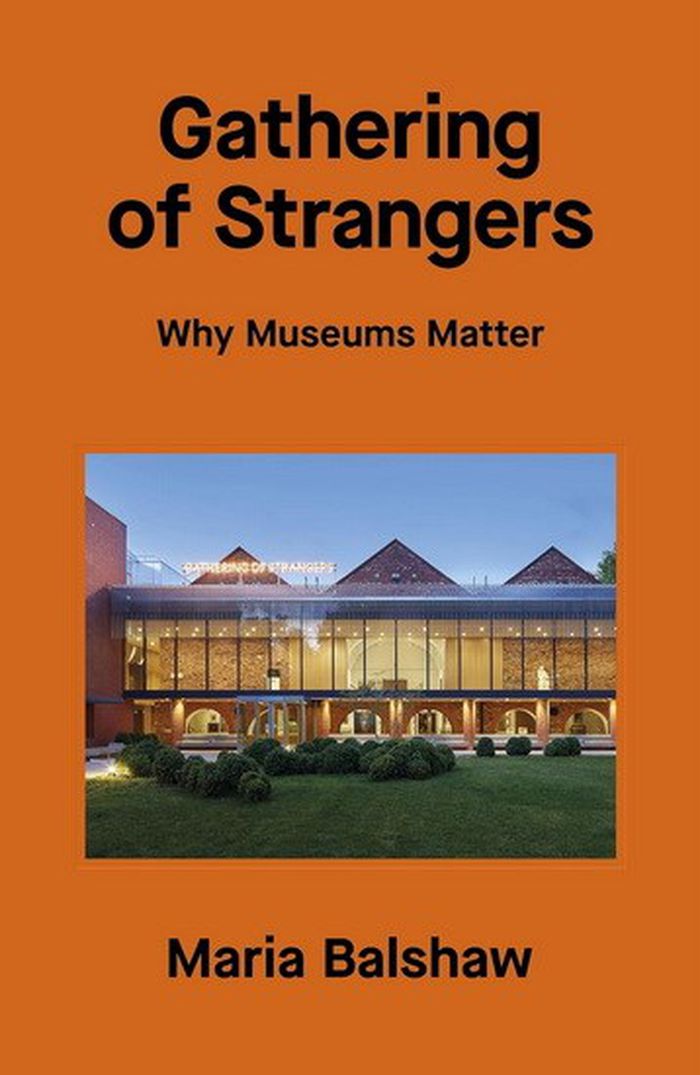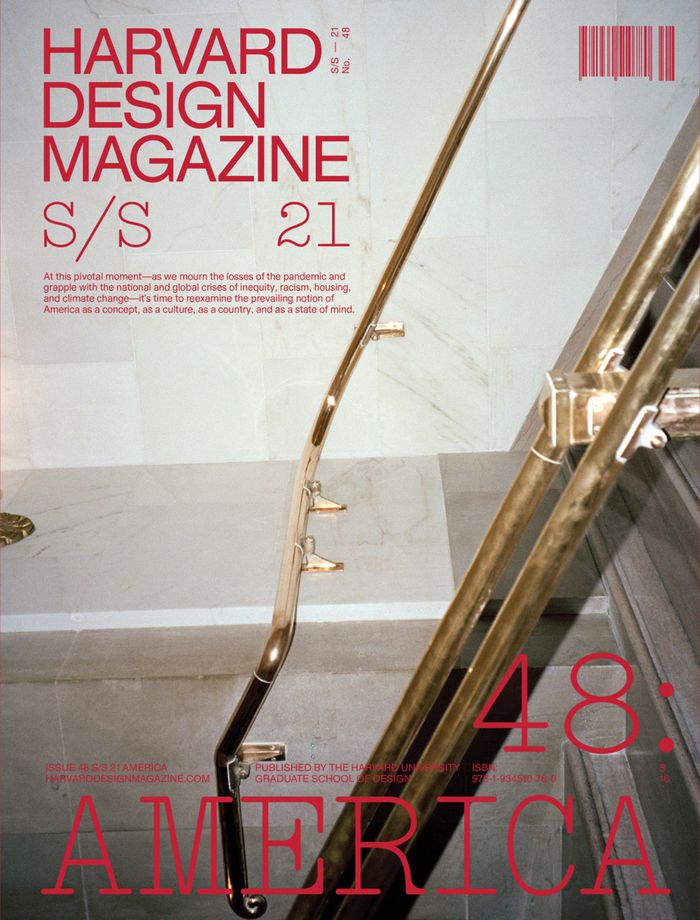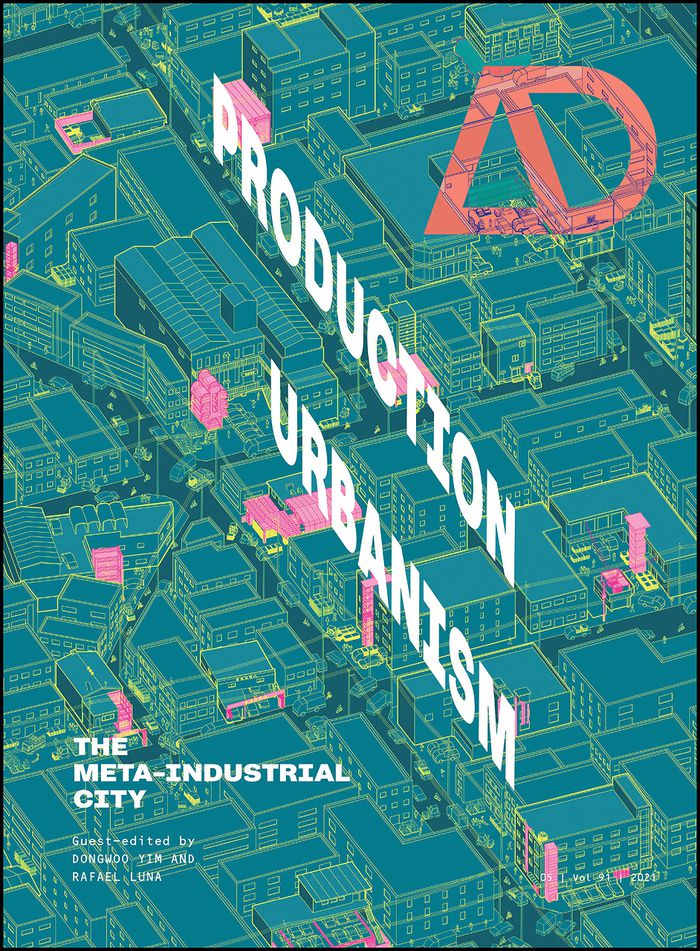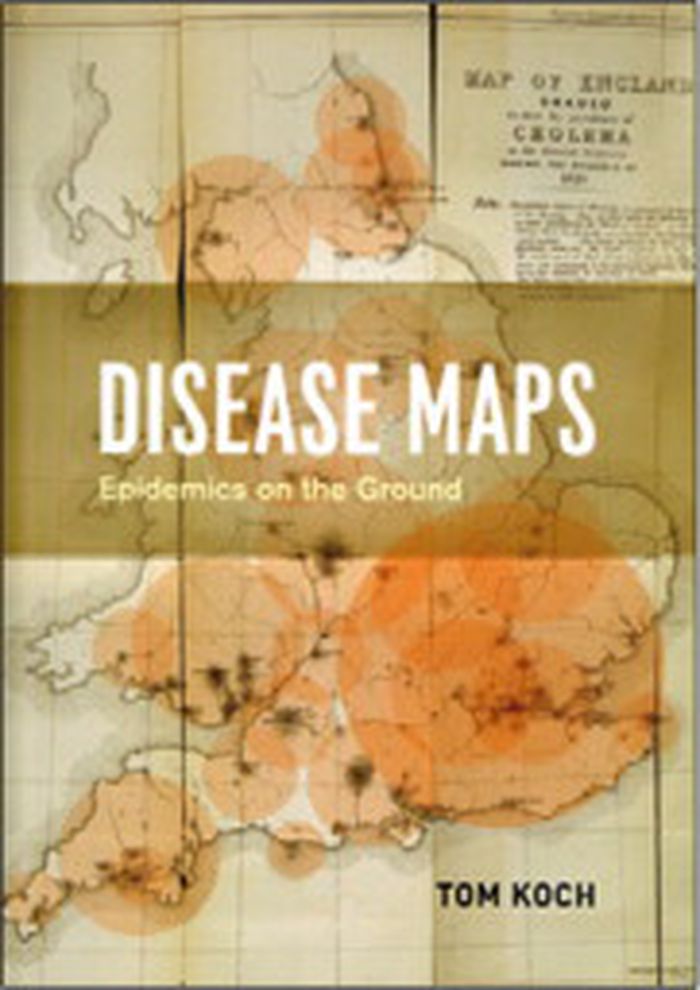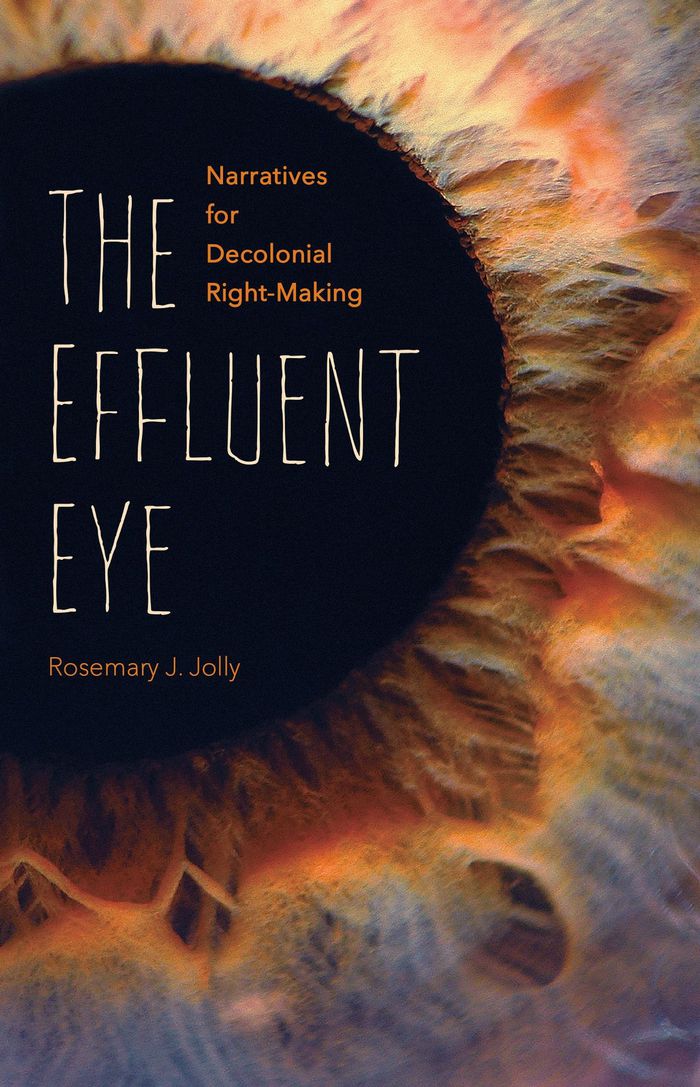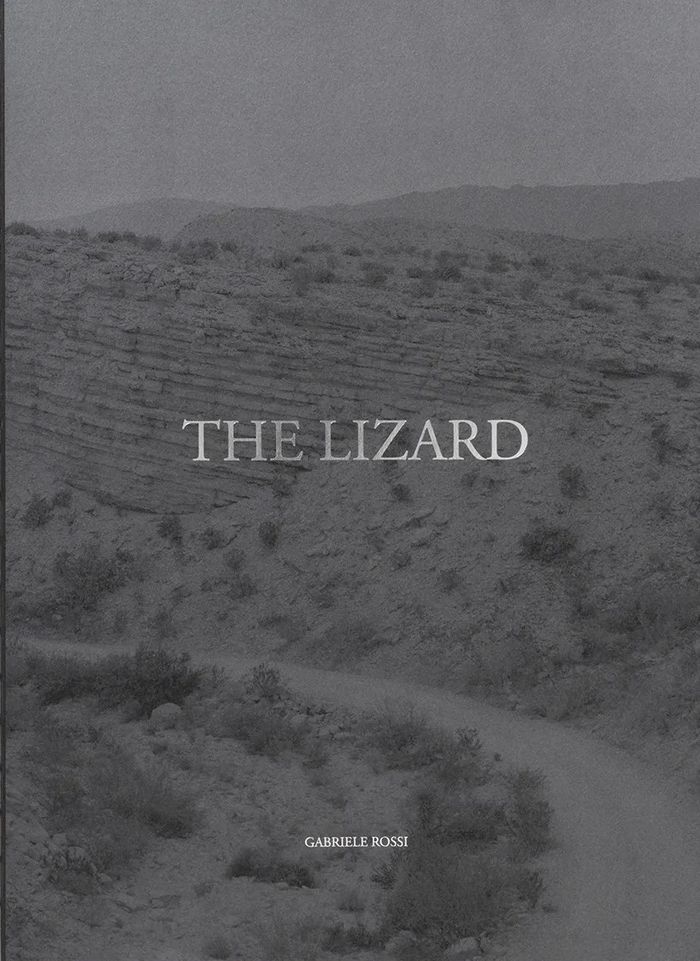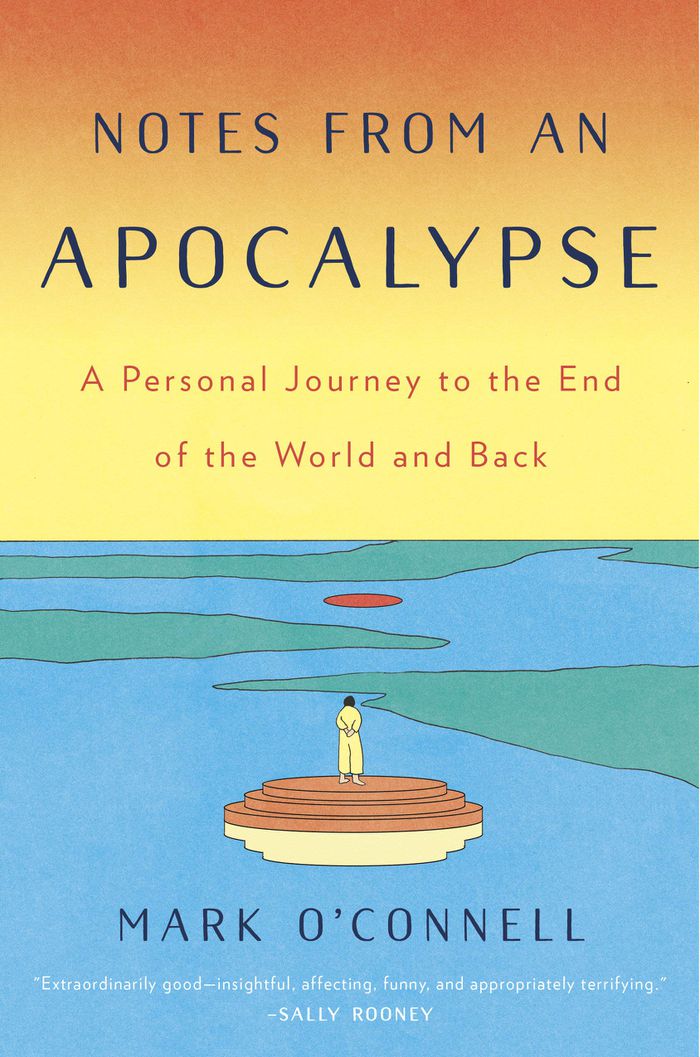$23.95
(disponible sur commande)
Résumé:
A revival of the Renaissance genre of the same name, isolarii (meaning 'island texts') is a very small publication; each issue of which focuses on a different, stand-alone theme or idea. The sixth edition is titled ‘The Archipelago Conversations’ and is based on 15 years of conversations between Caribbean philosopher Édouard Glissant and his friend Hans Ulrich Obrist.(...)
The Archipelago conversations
Actions:
Prix:
$23.95
(disponible sur commande)
Résumé:
A revival of the Renaissance genre of the same name, isolarii (meaning 'island texts') is a very small publication; each issue of which focuses on a different, stand-alone theme or idea. The sixth edition is titled ‘The Archipelago Conversations’ and is based on 15 years of conversations between Caribbean philosopher Édouard Glissant and his friend Hans Ulrich Obrist. It marks the tenth anniversary of Glissant's passing. Translation by Emma Ramadan. Hans Ulrich Obrist met the Martinique-born philosopher, poet, and revolutionary Édouard Glissant in the mid-nineties; the encounter influenced the direction of Obrist's work for years to come. As one of today's most prolific producers of culture, Obrist has left an indelible mark and Glissant, in part, through him. Throughout 2021, during the pandemic and ten years after Glissant's death, Obrist has edited, reworked, and arranged their conversations in their entirety for the first time. THE ARCHIPELAGO CONVERSATIONS is the result: a book designed to introduce the most important philosopher of the 21st Century to a broad, public audience - a ready-to-hand tool for building an interdependent Earth.
Théorie/ philosophie
Pressing Matters 10
$54.00
(disponible sur commande)
Résumé:
Already number TEN, ''Pressing Matters X'' is a special issue reflecting a year of reflection and change, after several waves of the pandemic, Black Lives Matter protests and newly developed hybrid teaching methods. It follows last year’s ''Pressing Matters 9'' that was completely rethought with the aim to present an Open Source publication that shares the Department of(...)
juin 2022
Pressing Matters 10
Actions:
Prix:
$54.00
(disponible sur commande)
Résumé:
Already number TEN, ''Pressing Matters X'' is a special issue reflecting a year of reflection and change, after several waves of the pandemic, Black Lives Matter protests and newly developed hybrid teaching methods. It follows last year’s ''Pressing Matters 9'' that was completely rethought with the aim to present an Open Source publication that shares the Department of Architecture’s concept of design-research, an integral approach of critical thinking, rigorous research, and design, representing a deep understanding of the complex layers of architecture. Together with Jonathan Jackson & team of WSDIA, a more integral design was developed, allowing input from research [ARI labs], students, faculty and Penn’s special events. This anniversary of ''Pressing Matters'' is celebrated by adding the ''decade'' color of silver to the usual recycled cardboard cover of Weitzman’s architecture publication. It also represents a year of new opportunities brought by a complete rethinking of education through the introduction of remote learning, zoom lectures and meetings. A much larger international group of diverse jurors, experts, and critics could be invited as travel was of no hindrance for attendance.
$31.99
(disponible en magasin)
Résumé:
As the world adapts to the consequences of a global pandemic, museums continue to experience unprecedented disruption and change. At the same time, there is a growing debate and dissent over what museums are for, who they speak to, and what the histories, objects, and ideas they are tasked with holding reflect—all taking place within a public sphere that feels(...)
Gathering of strangers: Why museums matter
Actions:
Prix:
$31.99
(disponible en magasin)
Résumé:
As the world adapts to the consequences of a global pandemic, museums continue to experience unprecedented disruption and change. At the same time, there is a growing debate and dissent over what museums are for, who they speak to, and what the histories, objects, and ideas they are tasked with holding reflect—all taking place within a public sphere that feels increasingly dynamic and volatile. Taking a wide-ranging and thought-provoking look at the roles and responsibilities of some of our most well-known and best-loved public institutions, ''Gathering of Strangers'' explores the critical challenges and opportunities for the museum at this point in the twenty-first century. Moving from the historical origins of the gallery to important current debates taking place around art and public engagement, the climate emergency, race equality and decolonization, and the value of the arts in education—this book sets out the role of art and artists in imagining and shaping our collective future. It is also a love letter to the museum, from a sector leader who is at the forefront of the cultural conversation today.
Muséologie
$30.95
(disponible en magasin)
Résumé:
Since the earliest days of the pandemic, care work has been thrust into the national spotlight. The notion of care seems simple enough. Care is about nurturing, feeding, nursing, assisting, and loving human beings. It is “the work that makes all other work possible.” But as historian Premilla Nadasen argues, we have only begun to understand the massive role it plays in(...)
Care: The highest stage of capitalism
Actions:
Prix:
$30.95
(disponible en magasin)
Résumé:
Since the earliest days of the pandemic, care work has been thrust into the national spotlight. The notion of care seems simple enough. Care is about nurturing, feeding, nursing, assisting, and loving human beings. It is “the work that makes all other work possible.” But as historian Premilla Nadasen argues, we have only begun to understand the massive role it plays in our lives and our economy. Nadasen traces the rise of the care economy, from its roots in slavery, where there was no clear division between production and social reproduction, to the present care crisis, experienced acutely by more and more Americans. Today’s care economy, Nadasen shows, is an institutionalized, hierarchical system in which some people’s pain translates into other people’s profit. Yet this is also a story of resistance. Low-wage workers, immigrants, and women of color in movements from Wages for Housework and Welfare Rights to the Movement for Black Lives have continued to fight for and practice collective care. These groups help us envision how, given the challenges before us, we can create a caring world as part of a radical future.
Social
$21.48
(disponible sur commande)
Résumé:
“A terrible mechanism [is] on the march, its gears multiplying.” So begins the 48th issue of Harvard Design Magazine, guest edited by Mark Lee, chair of the department of architecture at the Harvard Graduate School of Design, and Florencia Rodriguez, editorial director of -Ness Magazine. The issue takes as its theme the slippery and ambiguous figure of “America,” seen(...)
Harvard Design Magazine 48 : America
Actions:
Prix:
$21.48
(disponible sur commande)
Résumé:
“A terrible mechanism [is] on the march, its gears multiplying.” So begins the 48th issue of Harvard Design Magazine, guest edited by Mark Lee, chair of the department of architecture at the Harvard Graduate School of Design, and Florencia Rodriguez, editorial director of -Ness Magazine. The issue takes as its theme the slippery and ambiguous figure of “America,” seen through the lens of the built and unbuilt environment. Americanization—once the “terrible mechanism” bent on pressing capitalist values on emerging economies everywhere—is now in retreat, eclipsed by the more urgent domestic concerns of pandemic and climate change, racial injustice and domestic radicalization. The very notion of what constitutes America is ripe for redefinition. The America Issue of Harvard Design Magazine, featuring a new design and art direction by Alexis Mark, invites historians, architects, landscape architects, urban designers, theorists, curators, artists, and planners to reflect on the country’s past and present, and to imagine sustainable futures. Projects, taxonomies, dialogues, essays, and spatial interpretations explore possible Americas. They allow us to delve into issues relevant to small cities, towns, and rural areas—as well as major urban centers—and to study barriers and opportunities facing communities across the country.
Revues
$49.65
(disponible sur commande)
Résumé:
The Industrial Revolution caused a paradigm shift from an agrarian economy to a manufacturing economy, giving birth to the industrial city. ‘City’ became synonymous with a concentration of factories causing unfiltered scenes between centres of production and urban dwellings. The corrupted image of the city ultimately led to the displacement and separation of production(...)
AD Production urbanism: The meta industrial city
Actions:
Prix:
$49.65
(disponible sur commande)
Résumé:
The Industrial Revolution caused a paradigm shift from an agrarian economy to a manufacturing economy, giving birth to the industrial city. ‘City’ became synonymous with a concentration of factories causing unfiltered scenes between centres of production and urban dwellings. The corrupted image of the city ultimately led to the displacement and separation of production away from residential zones in the 20th century. However, new innovative manufacturing technologies are allowing a coexistence between factories and dwellings through hybrid typologies that blend production back into the urban fabric. This AD issue discusses the implications of the re-emergence of production as an architectural and urban agenda through hybrid models that engage a new socioeconomic shift. Given the contemporary circumstances of a global pandemic affecting global supply chains, it is necessary to deliver a vision for a new productive urbanism that allows autonomous circular economies to flourish. Our 21st-century cities have an obligation to explore a new industrial revolution of shared economies that optimise the use of the legacy systems, infrastructure and building stock. Yet it is ultimately up to architecture to take arms in delivering new typologies.
Revues
$52.95
(disponible sur commande)
Résumé:
In the seventeenth century, a map of the plague suggested a radical idea—that the disease was carried and spread by humans. In the nineteenth century, maps of cholera cases were used to prove its waterborne nature. More recently, maps charting the swine flu pandemic caused worldwide panic and sent shockwaves through the medical community. In Disease Maps, Tom Koch(...)
Disease maps: epidemics on the ground
Actions:
Prix:
$52.95
(disponible sur commande)
Résumé:
In the seventeenth century, a map of the plague suggested a radical idea—that the disease was carried and spread by humans. In the nineteenth century, maps of cholera cases were used to prove its waterborne nature. More recently, maps charting the swine flu pandemic caused worldwide panic and sent shockwaves through the medical community. In Disease Maps, Tom Koch contends that to understand epidemics and their history we need to think about maps of varying scale, from the individual body to shared symptoms evidenced across cities, nations, and the world. Disease Maps begins with a brief review of epidemic mapping today and a detailed example of its power. Koch then traces the early history of medical cartography, including pandemics such as European plague and yellow fever, and the advancements in anatomy, printing, and world atlases that paved the way for their mapping. Moving on to the scourge of the nineteenth century—cholera—Koch considers the many choleras argued into existence by the maps of the day, including a new perspective on John Snow’s science and legacy. Finally, Koch addresses contemporary outbreaks such as AIDS, cancer, and H1N1, and reaches into the future, toward the coming epidemics.
$37.99
(disponible en magasin)
Résumé:
In "The effluent eye," Rosemary J. Jolly argues for the decolonization of human rights, attributing their failure not simply to state and institutional malfeasance but to the very concept of human rights as anthropocentric-and, therefore, fatally shortsighted. In an engaging mix of literary and cultural criticism, Indigenous and Black critique, and substantive forays into(...)
The effluent eye: Narratives for decolonial right-making
Actions:
Prix:
$37.99
(disponible en magasin)
Résumé:
In "The effluent eye," Rosemary J. Jolly argues for the decolonization of human rights, attributing their failure not simply to state and institutional malfeasance but to the very concept of human rights as anthropocentric-and, therefore, fatally shortsighted. In an engaging mix of literary and cultural criticism, Indigenous and Black critique, and substantive forays into the medical humanities, Jolly proposes right-making in the demise of human rights. Using what she calls an "effluent eye," Jolly draws on "Fifth Wave" structural public health to confront the concept of human rights-one of the most powerful and widely entrenched liberal ideas. She builds on Indigenous sovereignty work from authors such as Robin Wall Kimmerer, Leanne Betasamosake Simpson, and Mark Rifkin as well as the littoral development in Black studies from Christine Sharpe, Saidiya Hartman, and Tiffany Lethabo King to engage decolonial thinking on a range of urgent topics such as pandemic history and grief; gender-based violence and sexual assault; and the connections between colonial capitalism and substance abuse, the Anthropocene, and climate change. Combining witnessed experience with an array of decolonial texts, Jolly argues for an effluent form of reading that begins with the understanding that the granting of "rights" to individuals is meaningless in a world compromised by pollution, poverty, and successive pandemics.
Théorie/ philosophie
Gabriele Rossi : The Lizard
$68.00
(disponible en magasin)
Résumé:
Making photographs as a way of "feeling at home without being at home." That’s how Gabriele Rossi describes the process that led to "The Lizard", his new monograph with Deadbeat Club. "I looked for the edge of the city, went to the shore at Rockaway, the houses, anything that could remind me of where I’m from," Rossi says. This approach drove him to consider his(...)
Gabriele Rossi : The Lizard
Actions:
Prix:
$68.00
(disponible en magasin)
Résumé:
Making photographs as a way of "feeling at home without being at home." That’s how Gabriele Rossi describes the process that led to "The Lizard", his new monograph with Deadbeat Club. "I looked for the edge of the city, went to the shore at Rockaway, the houses, anything that could remind me of where I’m from," Rossi says. This approach drove him to consider his definition of "home" – the place where he could ultimately feel comfortable – and to return to the U.S. twice more to explore this compulsion across more than ten states in the Midwest and West. At the same time, he was interested in responding as an outsider to the structures of classic American photography, like that of Robert Adams. When the pandemic interrupted further travel, Rossi set about thinking through the pictures that he had amassed, trying to find common forms and themes – the connections that built the story about his being away from home. His effort was to understand why he was making the pictures, and not just to present a lot of pictures "about" America. As a result, "The Lizard" is a strange and uncanny atlas of the familiar transformed into the unfamiliar through the vision of a stranger who's only looking for some sort of home.
Monographies photo
Notes from an apocalypse
$36.95
(disponible sur commande)
Résumé:
We’re alive in a time of worst-case scenarios: The weather has gone uncanny. Old postwar alliances are crumbling. A pandemic draws our global community to a halt. Everywhere you look there’s an omen, a joke whose punchline is the end of the world. How is a person supposed to live in the shadow of such a grim future? What does it mean to have children—nothing if not an(...)
Notes from an apocalypse
Actions:
Prix:
$36.95
(disponible sur commande)
Résumé:
We’re alive in a time of worst-case scenarios: The weather has gone uncanny. Old postwar alliances are crumbling. A pandemic draws our global community to a halt. Everywhere you look there’s an omen, a joke whose punchline is the end of the world. How is a person supposed to live in the shadow of such a grim future? What does it mean to have children—nothing if not an act of hope—in such unsettled times? What might it be like to live through the worst? And what on Earth is anybody doing about it? Dublin-based writer Mark O’Connell is consumed by these questions—and, as the father of two young children himself, he finds them increasingly urgent. In 'Notes from an Apocalypse', he crosses the globe in pursuit of answers. He tours survival bunkers in South Dakota. He ventures to New Zealand, a favored retreat of billionaires banking on civilization’s collapse. He engages with would-be Mars colonists, preppers, right-wing conspiracists. And he bears witness to those places, like Chernobyl, that the future has already visited—real-life portraits of the end of the world as we know it. In doing so, he comes to a resolution, while offering readers a unique window into our contemporary imagination.
